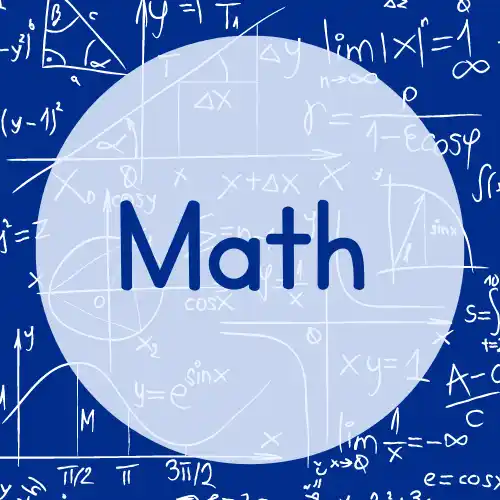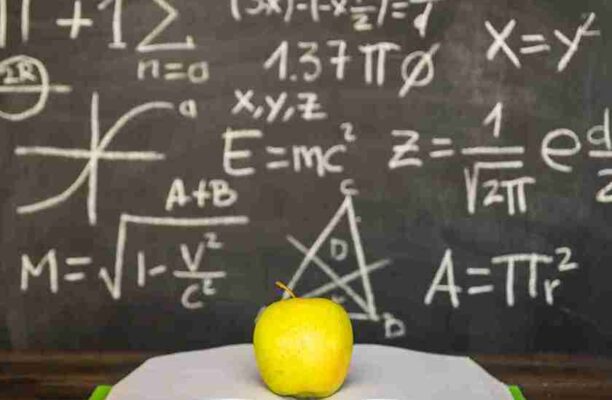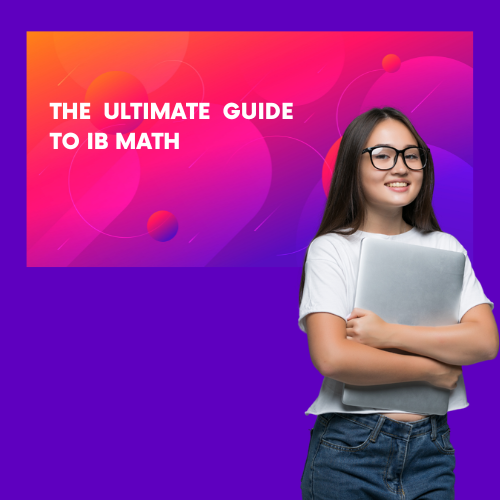e International Baccalaureate (IB) program is renowned for its rigorous and comprehensive curriculum. Mathematics, a cornerstone of this program, has recently undergone a transformation. In this extensive guide, we will explore the intricacies of the new IB Math syllabus. Whether you are an educator or a student, this comprehensive guide will provide valuable insights into navigating the revamped landscape of IB Mathematics.
Understanding the Revamped IB Math Syllabus
Mathematics: Analysis and Approaches (AA)
The first major pathway within the new IB Math syllabus is Mathematics: Analysis and Approaches (AA). Here, we delve into the abstract realm of mathematics, fostering analytical thinking and providing students with advanced mathematical techniques. This pathway aims to deepen the understanding of mathematical theory while encouraging problem-solving and critical thinking skills.
Mathematics: Applications and Interpretation (AI)
The second pathway, Mathematics: Applications and Interpretation (AI), takes a practical approach to mathematics. It empowers students to apply mathematical principles to real-life scenarios. AI focuses on data interpretation, decision-making, and problem-solving across various fields, bridging the gap between theory and practical applications.
The Key Components of the IB Math Syllabus
Internal Assessment (IA)
The Internal Assessment (IA) is a critical component of the IB Math syllabus. It offers students the opportunity to embark on an independent mathematical exploration, fostering critical thinking, problem-solving, and a deeper engagement with a mathematical topic of their choice.
External Assessment
The External Assessment, comprising examinations, represents the pinnacle of a student’s mathematical journey within the IB program. It evaluates a student’s grasp of syllabus content, their ability to apply mathematical theories to diverse contexts, and their prowess in problem-solving.
Embracing Technology in IB Mathematics
In today’s digital age, technology plays a pivotal role in mathematical education. The new IB Math syllabus emphasizes the use of computational tools, graphing calculators, and software for visualization and problem-solving. This prepares students for a future where technology is integral to mathematical analysis and interpretation.
A Shift in Teaching Approaches
For Educators
Educators play a central role in shaping the IB mathematics experience. The new syllabus calls for a shift in teaching approaches:
- Differentiated Instruction:
Customizing teaching methods to accommodate students’ unique strengths, interests, and learning styles is essential for a personalized learning experience. - Application-Centric Learning:
In AI, educators emphasize real-world applications to demonstrate the practical relevance of mathematics. In AA, the focus is on laying strong theoretical foundations and fostering abstract reasoning skills.
For Students
Active participation and dedication are the keys to success for students:
- Active Engagement:
Actively participating in classroom discussions, asking questions, and seeking clarification enhance students’ understanding and retention of mathematical concepts. - Problem-Solving Practice:
Regular practice solving a variety of mathematical problems sharpens analytical skills and boosts confidence in tackling complex challenges.
Conclusion: Navigating the New Horizon
In conclusion, the revamped IB Math syllabus, “Getting to Know the New IB Math Syllabus: A Guide for Teachers and Students,” ,heralds a transformative journey through the dynamic world of mathematics in contemporary contexts. Whether one’s inclination leans toward abstract theories or practical applications, this revamped structure accommodates diverse interests. For educators, adapting teaching strategies and embracing technology are pivotal for nurturing students’ success in this evolving landscape. For students, active engagement and consistent problem-solving practice pave the way to mastering this enriching journey through the realm of mathematics. As we embrace the new horizon, we equip ourselves with the knowledge and skills to navigate the ever-evolving landscape of mathematical exploration.
FAQs (Frequently Asked Questions)
- What are the two pathways in the new IB Math syllabus?
In the new IB Math syllabus, there are two pathways: Mathematics: Analysis and Approaches (AA) and Mathematics: Applications and Interpretation (AI). - What is the Internal Assessment (IA) in IB Mathematics?
The Internal Assessment (IA) in IB Mathematics is a critical component that allows students to independently explore a mathematical topic of their choice, fostering critical thinking and problem-solving. - How does the External Assessment evaluate students in IB Mathematics?
The External Assessment in IB Mathematics evaluates students’ grasp of syllabus content, their ability to apply mathematical theories to diverse contexts, and their problem-solving skills through examinations. - Why is technology emphasized in the new IB Math syllabus?
Technology is emphasized in the new IB Math syllabus to prepare students for a future where technology plays a pivotal role in mathematical analysis and interpretation. - What should educators and students focus on to succeed in the new IB Math syllabus?
Educators should focus on differentiated instruction and application-centric learning, while students should actively engage in classroom discussions and practice problem-solving regularly to succeed in the new IB Math syllabus.







